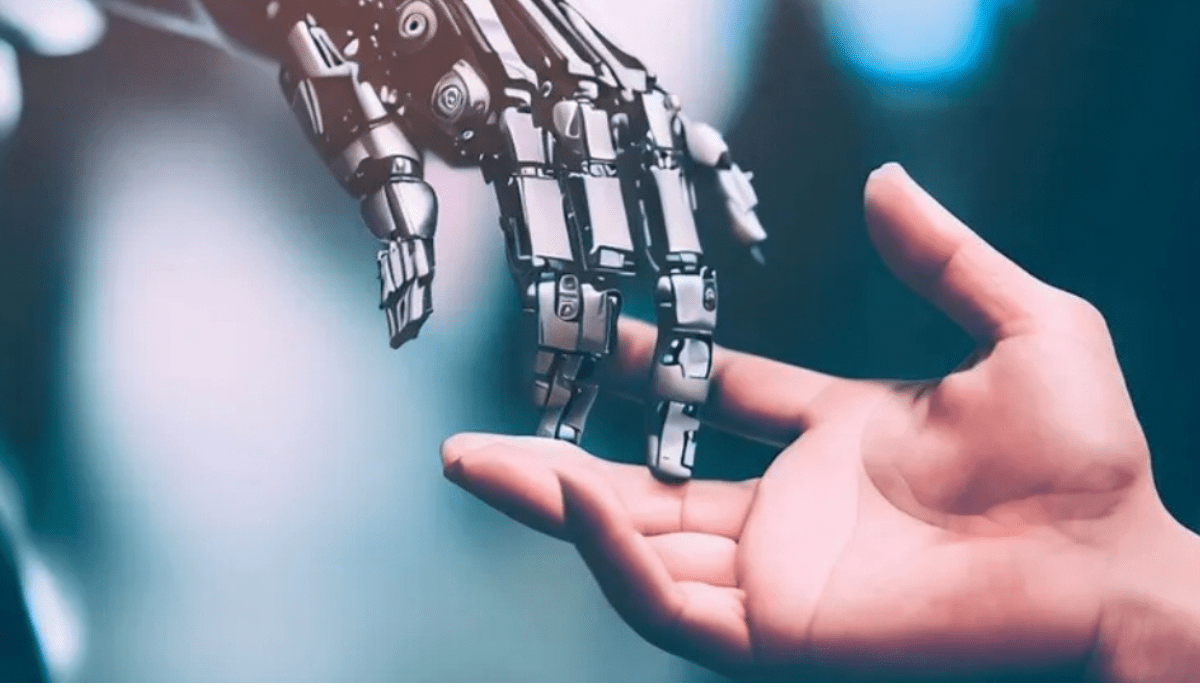People are utilizing AI to produce photos in droves, from photographs of Pope Francis playing basketball to Prime Minister Narendra Modi acting as a ‘rockstar’ that sent social media into a frenzy. What are the legal implications of AI art in such a scenario? What effect will it have on human creativity?
If there is one universal rule of technology, it is that the impact of new technology will not be as anticipated. AI will not be an exception to this norm. An excellent corollary to this is that people will always be afraid of the influence of new technology, as demonstrated by the luddites. People are justifiably concerned about AI’s potential to eliminate jobs right now. This is a legitimate concern: far too many CEOs are rubbing their hands at the prospect of replacing sophisticated, messy, and expensive people with the simplicity of artificial intelligence.
“Imagine a human baby in a spaceship, doodle, colored, and super detailed,” I enter into the Mid Journey AI inquiry. Within a few minutes, an image displaying exactly what has been stated is generated. This is AI image generation, where you can make art with just a few language prompts. It doesn’t matter if you’re an artist or not; you can create excellent artwork even if you don’t have any talents.
AI picture production has become an essential component of our daily lives. People are utilizing technology to produce photographs in droves, from images of Pope Francis playing basketball to Prime Minister Narendra Modi acting as a ‘rockstar’ that sparked a social media craze.
Everyone was affected by the Lensa bug last year. From celebrities to your friends, it was the latest social media craze that transformed a series of images into’magic avatars’ like anime characters or fairytale beings. Sensor Tower believes that over 4 million people downloaded the app internationally within the first five days of December. Profits from the app exceeded $8 million.
AI employs a variety of methodologies, including deep learning and neural networks that are trained using existing art. It learns and recognizes patterns, styles, and visual qualities of several art forms before generating new art depending on the input.
We’ve arrived at a fork in the road; we’re on the verge of developing a new tool. And we must determine how to put it to use. We didn’t do a good job of it with the internet. You are reading these books because they exist. But you’ve also probably witnessed the toxicity and abuse that it brought, since people were unaware of its dangers. Artists play a part in this discussion because they push us to see things in new ways.
Much of art, one could argue, is about trying to see the human experience through new eyes. AI provides us with a brand-new set of eyes that were designed by humans but have a very different method of processing information. These early artistic explorations with new tools are already producing something intriguing and unique.
We’ve arrived at a fork in the road; we’re on the verge of developing a new tool. And we must determine how to put it to use. We didn’t do a good job of it with the internet. You are reading these books because they exist. But you’ve also probably witnessed the toxicity and abuse that it brought, since people were unaware of its dangers. Artists play a part in this discussion because they push us to see things in new ways.
Much of art, one could argue, is about trying to see the human experience through new eyes. AI provides us with a brand-new set of eyes that were designed by humans but have a very different method of processing information. These early artistic explorations with new tools are already producing something intriguing and unique.
The impact of artificial intelligence-generated art on galleries and museums:
As the AI art movement gains traction, tangible shows devoted only to this genre are becoming more common. It is permeating the art landscape, from the world’s first AI art gallery in Amsterdam to “the first DALL-E inspired art exhibition” named ‘Artificial Imagination’ in San Francisco. The question that remains is whether AI-generated art threatens the sanctity of art galleries, which have long served as custodians of creative expression.
“Today’s galleries are as adventurous as their artists. It is critical for any gallery to exhibit art works that keep its audiences up-to-date on the current state of modern art. AI should be treated in the same way as galleries have treated NFTs and digital artworks.
